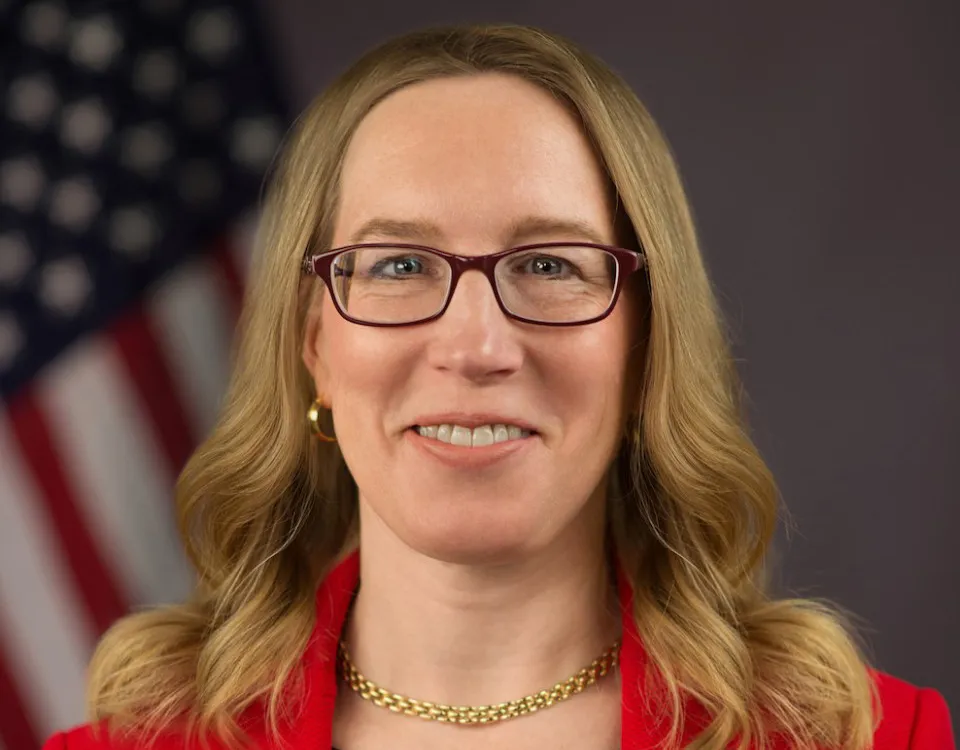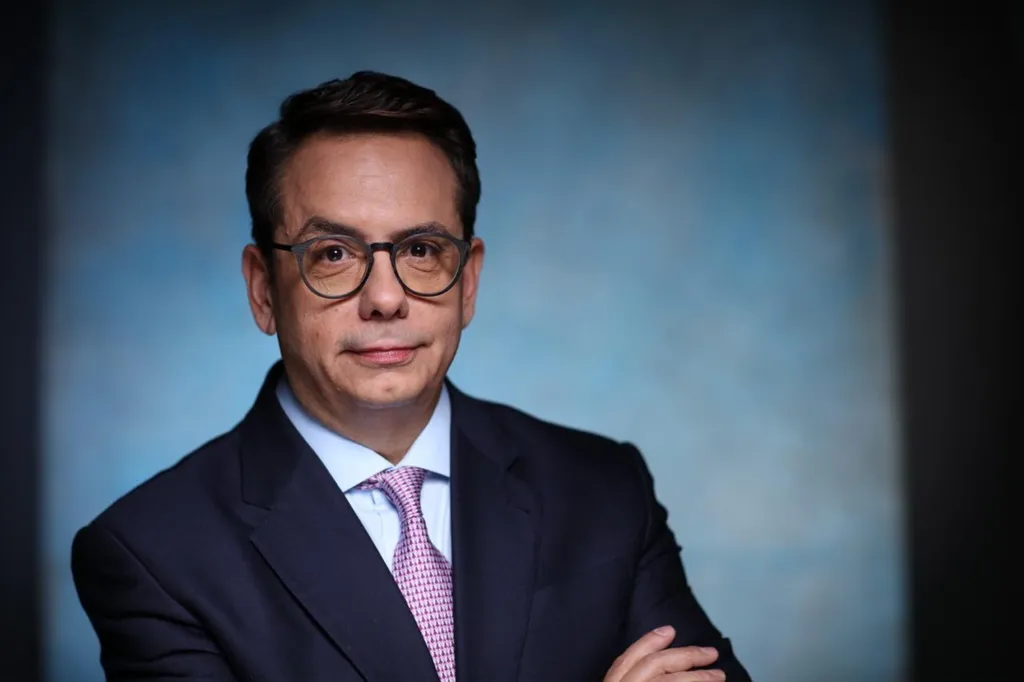Over the summer, Euromoney interviewed more than a dozen senior DCM bankers in Latin America about sustainability. The region leads the world in terms of sustainable finance issuance: in 2022, 28% of all international debt from Latin America’s issuers was structured as either green ‘use-of-proceeds’ bonds or SLBs, or both. That compares to last year’s global average of 14%.
All the DCM bankers were keen to talk up the prospects for sustainable finance: the evolution of the structures, the finance capacity being generated to laudable projects that boost the region’s societal or environmental development goals. They talked of greeniums, of increasing scrutiny on the SLB’s SPTs, of increasing investor engagement, and of issuers’ growing ambition to embrace and embed ESG metrics throughout their organizations.
Some talked about a coming tipping point, where the greenium – the pricing benefit when compared to issuing plain vanilla debt – fades out and, rather, companies coming to market without sufficient ESG commitments pay ‘penalty’ prices for such debt transactions.
And yet, while the progress in green and SLB finance is real, it is also still a sideshow. We are nowhere near such a tipping point, as the opening of the Latin America debt markets following September’s Labor Day holiday revealed.
Which companies did bankers bring to market to re-open the markets? As always, they brought credit stories that they knew would be embraced by investors. Cue mining company Codelco and protein company JBS.
Sustainable finance has driven innovation and market firsts – but the awkward truth is that it might not change the world
You can make the case that Codelco is going to be part of the decarbonization story, but that doesn’t turn it into a strong ESG story. And JBS has a very questionable story in regards to deforestation, and its sector – meat production – is about as far as you can get from environmental sustainability.
But it was these two companies that bankers used to open the markets. Did they mis-judge investor sentiment? Did investors pull back from such credits? Did they reluctantly get involved but demand a higher price – exact a cost to finance these companies?
No, both saw very strong books – Codeleco registered its biggest ever, with $9.3 billion in orders for its $2 billion finance, and JBS saw $7.4 billion of orders for its $2.5 billion – issuing a very tight new issue concession of ~15bp.
And the banks that competed – and won – to bring JBS to market included those banks that give have strong commitments to sustainable finance: BofA, BBVA, BTG Pactual, Citi and Santander.
Next up following the September re-opening was more of the same – another protein company, Minerva.
Everyone talks a good game when it comes to sustainable financing. But unless banks can rely on them to re-open market windows, green bonds and SLB will continue to be a sideshow, while the main event is business as usual.
Sustainable finance has driven innovation and market firsts – and has added liquidity for ESG-driven companies and projects at the margin. But the awkward truth is that it might not change the world.




